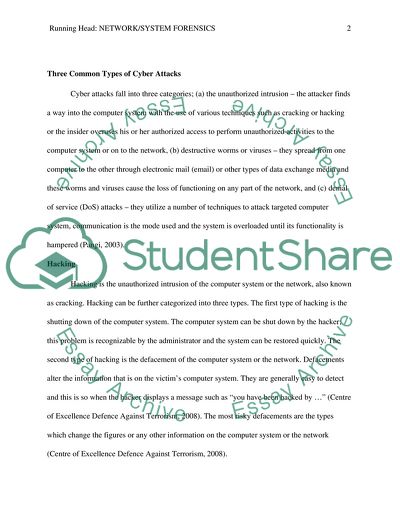Cite this document
(“Network/System Forensics Research Paper Example | Topics and Well Written Essays - 2500 words”, n.d.)
Retrieved from https://studentshare.org/technology/1577148-networksystem-forensics
Retrieved from https://studentshare.org/technology/1577148-networksystem-forensics
(Network/System Forensics Research Paper Example | Topics and Well Written Essays - 2500 Words)
https://studentshare.org/technology/1577148-networksystem-forensics.
https://studentshare.org/technology/1577148-networksystem-forensics.
“Network/System Forensics Research Paper Example | Topics and Well Written Essays - 2500 Words”, n.d. https://studentshare.org/technology/1577148-networksystem-forensics.


